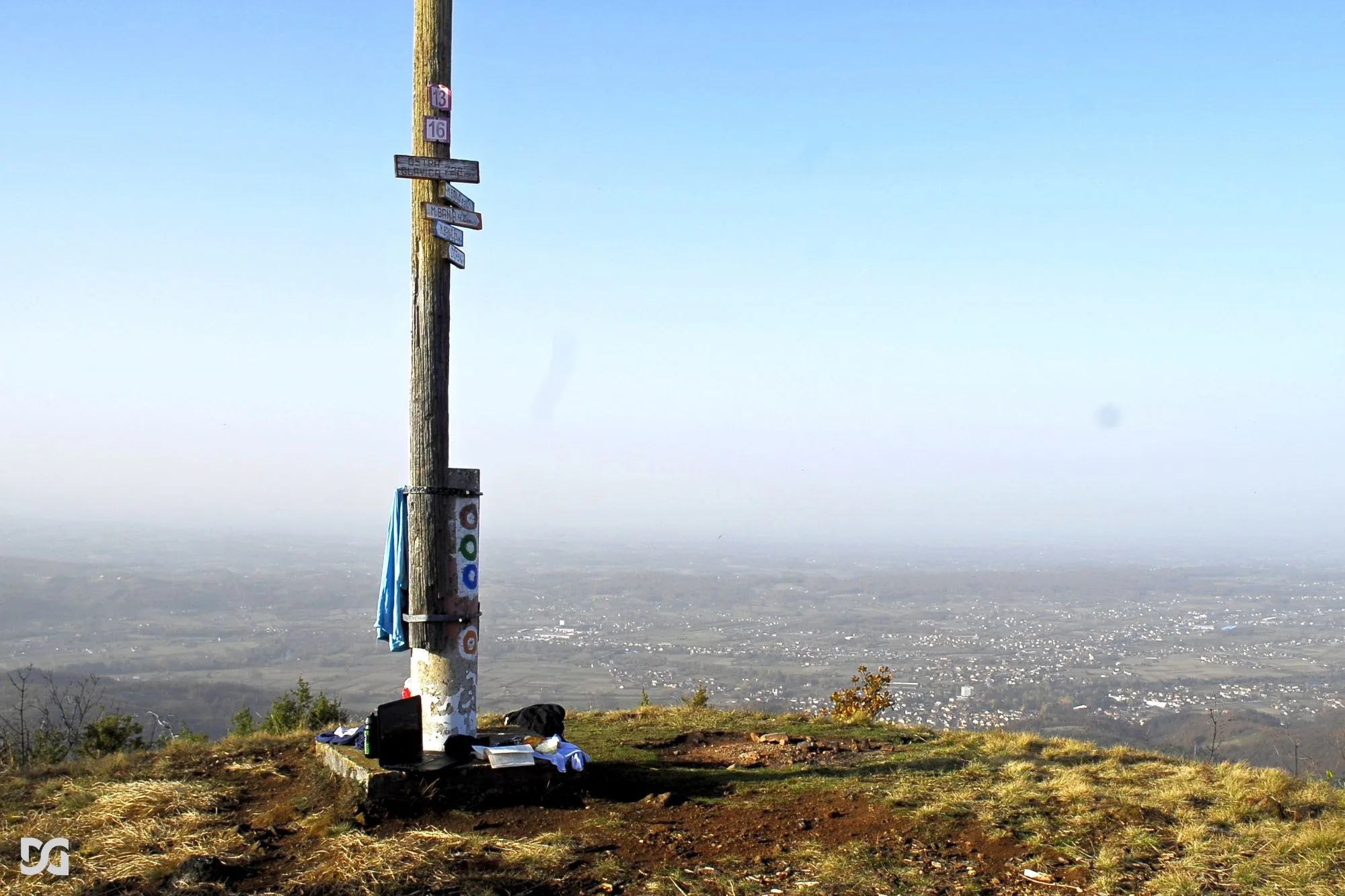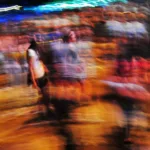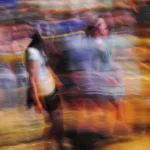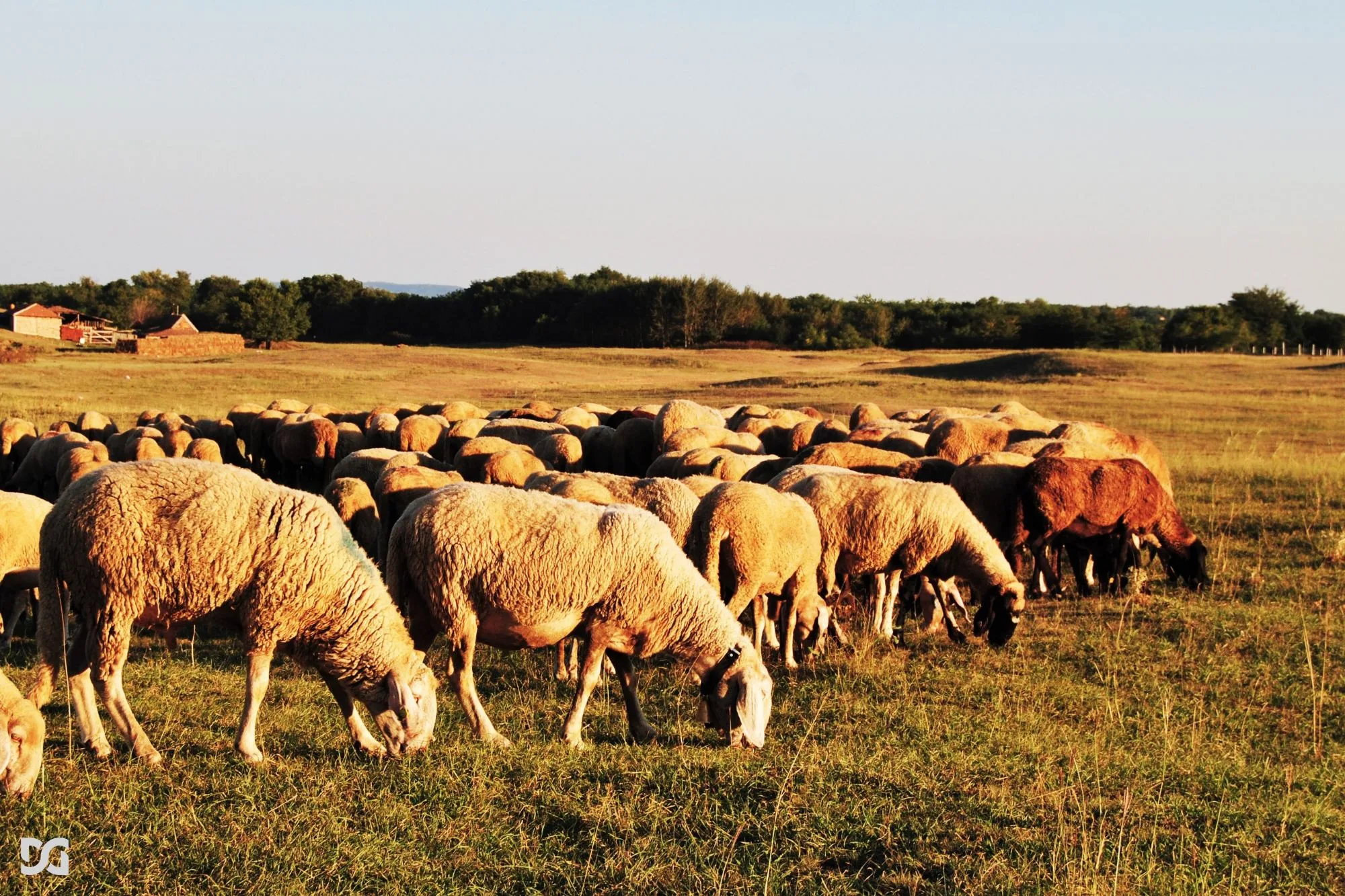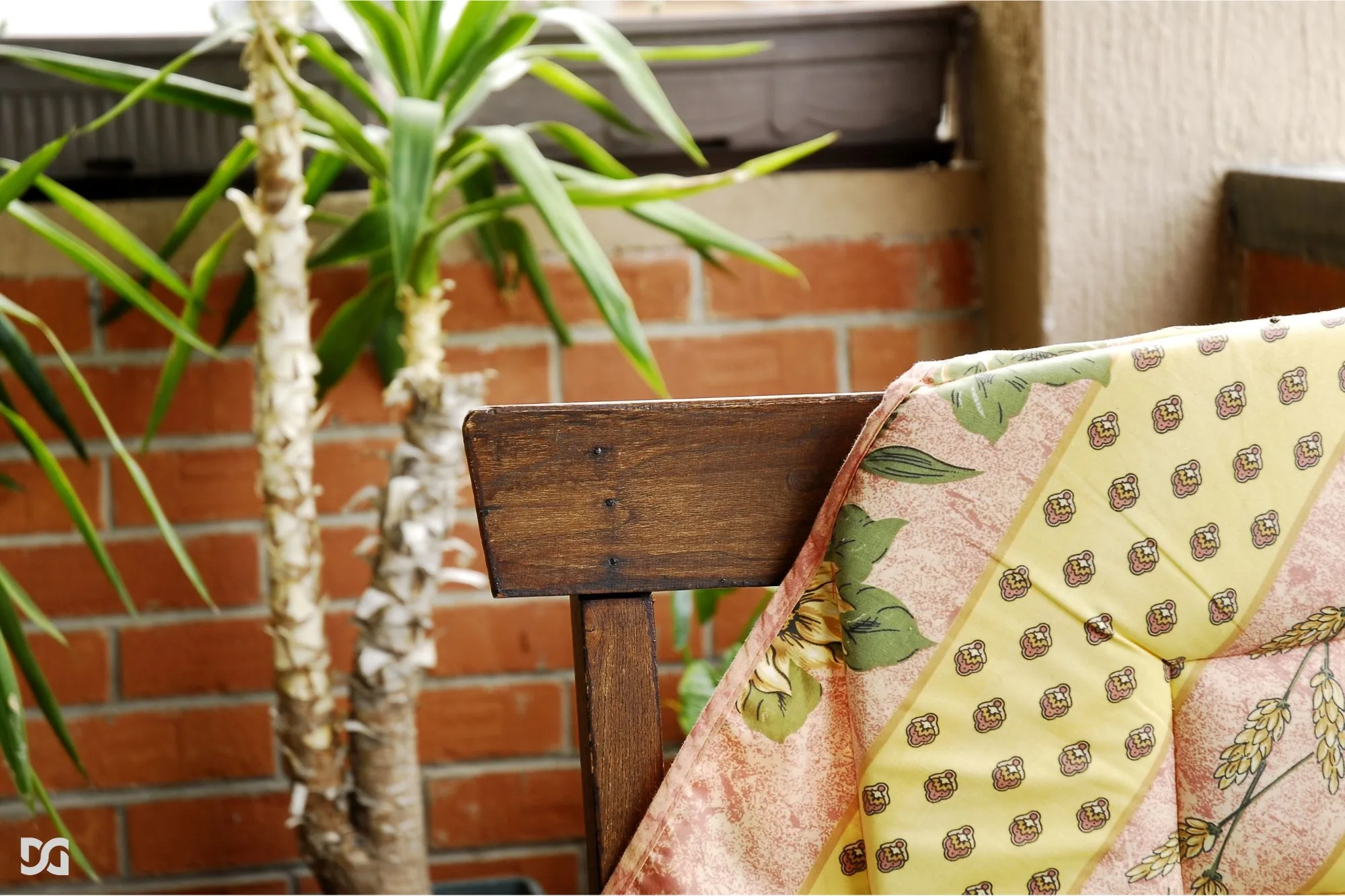Often, the path to illuminating one’s life’s direction doesn’t lead through glamorous avenues but through a sidetrack.
Winters are no longer what they used to be—there’s barely enough snow to sprinkle the sidewalks, and the only frost we’ve seen is on Santa Claus. Contrary to popular belief, I think snow is not just a form of precipitation. In our lives, it is a natural decoration for our yards, cities, and surroundings, playing both a biological and a psychosocial role. For me, impeccably decorated cities during winter without a white blanket look cheap and laughable.
The winter air has also changed. Above-average temperatures and shallow air pressure prevent the pollution from winter fireplaces from rising. Ventilating our living spaces is out of the question unless we want to enhance our homes with the stinging scent of smoke.
Truth be told, when it’s cold outside, we need our comfort zone the most. However, when faced with unseasonably warm winter days, we are ready for a change.
The first decision we make in urban settings is to step outside for a walk.
Family weekend walks can be lovely and relaxing events, except when they manifest as existential escapism—a way to forget that we lack money or time for expensive trips, or to suppress the fact that work, school, and other obligations await us tomorrow.
In any case, longer walks are beneficial for everyone. There is something naturally refreshing about replacing screen time with the greenery in the city’s well-kept areas.
The main problem with urban walking paths on sunny weekend days is the crowd. Naturally, everyone has the same idea at the same time for the same reason—to enjoy the only path our urban environment offers. Walks then turn into constant sidestepping, bumping, halting conversations, and facing or avoiding glances.
